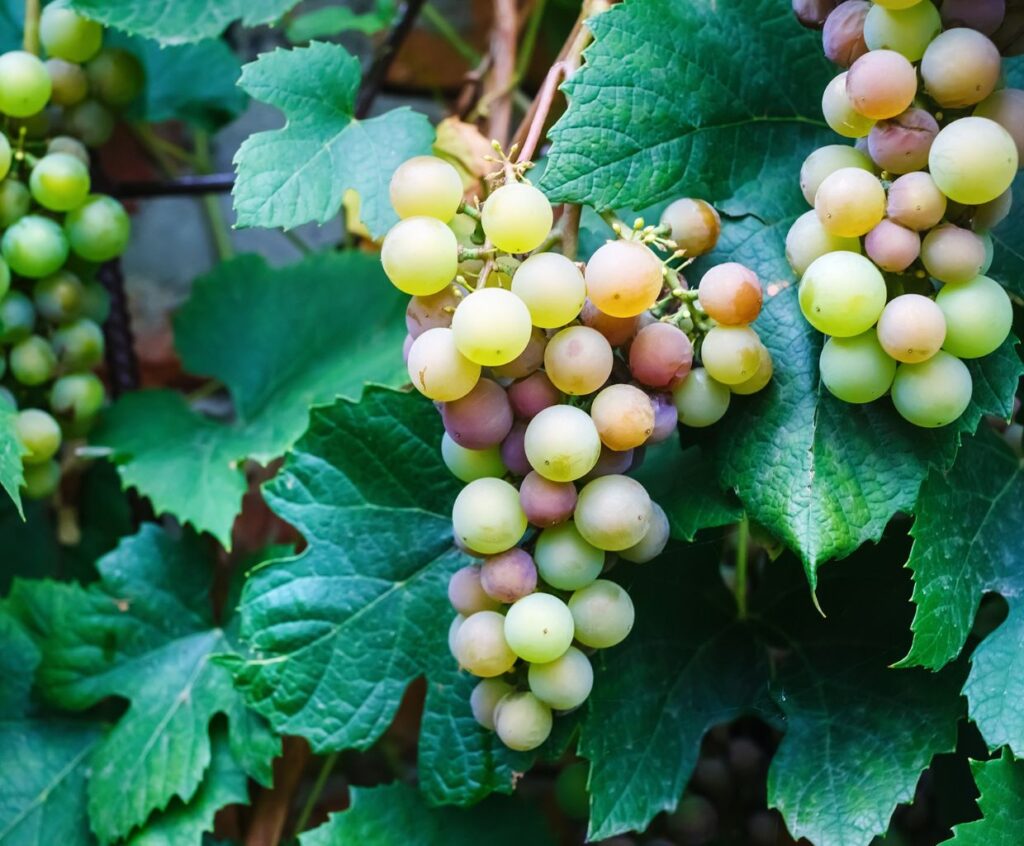What Wine is Sweet? Exploring the Delightful World of Sweet Wines and Popular Varieties
When it comes to wine, sweetness is one of the key characteristics that can significantly affect your overall enjoyment. Whether you are a seasoned wine connoisseur or a casual wine enthusiast, understanding what sweet wines can help you make the right choice for your palate.
This article will explore the different types of wines known for their sweetness.
1. Riesling
Riesling is often regarded as one of the most popular sweet wines. It is known for its high acidity, floral aromas, and fruity flavors. Riesling wines can range from slightly sweet to extremely sweet, depending on the region and winemaking techniques.
2. Moscato
Moscato is a sweet, sparkling white wine loved for its lightness and fruity flavors. It is often characterized by its notes of peaches, orange blossoms, and honey. Moscato wines are typically low in alcohol content and are perfect for those who prefer a sweeter, refreshing taste.
3. Port
Port is a fortified wine that originates from Portugal. It is known for its rich, sweet flavors and higher alcohol content. Port wines are often enjoyed as dessert wines and pair well with chocolates and cheeses. Port is a popular choice for special occasions with its complex flavors and intense sweetness.
Other Sweet Wines:
-
- Ice Wine: Produced from grapes frozen on the vine, producing concentrated sugars and flavors.
-
- Sauternes: A French dessert wine made from Semillon, Sauvignon Blanc, and Muscadelle grapes, known for its honeyed sweetness.
-
- Madeira: A fortified wine from the Madeira Islands, often enjoyed as an aperitif or dessert wine.
-
- Lambrusco: A slightly sweet, sparkling red wine hailing from Italy, perfect for those who enjoy a touch of sweetness in their reds.
Remember, sweetness in wine can vary depending on personal preferences and the specific winemaking techniques used. It’s always a good idea to read the label or consult a knowledgeable sommelier to find the perfect sweet wine to suit your taste buds. Cheers!
What are the key characteristics that define a wine as sweet?
1. Residual Sugar: Sweet wines have a higher level of residual sugar, which refers to the amount of sugar that remains after fermentation. The higher the residual sugar content, the sweeter the wine.
2. Perception of Sweetness: Wine’s sweetness perception is also influenced by factors like acidity and alcohol content. Wines with lower acidity and higher alcohol content can give the impression of sweetness, even if they have less residual sugar.
3. Aromas and Flavors: Sweet wines often exhibit fruity and floral aromas, with flavors ranging from ripe fruits like pineapple, peach, and apricot to honey, caramel, and dessert spices.
4. Mouthfeel: Sweet wines have a fuller, thicker mouthfeel and a viscous or syrupy texture. This is due to the presence of residual sugar.
5. Balance: While sweet wines have higher sugar levels, they should still possess a balance between sweetness and acidity. This balance prevents the wine from being cloying or overly sugary.
It’s important to note that sweetness in wine is subjective, and what one person perceives as sweet, another may find less so. Additionally, different wine regions and grape varieties may produce varying sweetness levels, even within the category of sweet wines.
Are there specific regions known for producing sweet wines?
Yes, there are several regions known for producing sweet wines. Some of the most famous regions include:
1. Sauternes, France: Located in the Bordeaux region, Sauternes is renowned for its sweet dessert wine from botrytized grapes, particularly Semillon and Sauvignon Blanc.
2. Mosel, Germany: The Mosel region is well-known for producing high-quality Riesling wines, including sweet and semi-sweet styles. The cool climate and slate soils contribute to these wines’ unique flavors and acidity.
3. Tokaj, Hungary: Tokaj is famous for its sweet wines from Furmint and Hárslevelű grapes that are affected by noble rot. The region’s Aszú wines are highly prized and have a long history from the 17th century.
4. Porto, Portugal: Porto, located in the Douro Valley, is world-famous for its fortified sweet wine, Port. These wines are typically made from a blend of indigenous grape varieties and are aged in barrels, resulting in rich, sweet flavors.
5. Rheingau, Germany: The Rheingau region is known for its late-harvest Rieslings, which can exhibit varying degrees of sweetness. These wines often display concentrated fruit flavors and balancing acidity.
6. Jerez, Spain: Jerez, or Sherry, is a region in Andalusia known for producing various sweet and dry fortified wines. The sweet styles, such as Pedro Ximénez and Cream Sherry, are made from sun-dried grapes to concentrate their sugars.
These are just a few examples, and many other regions worldwide are known for their sweet wine production.
Are there any popular sweet wine varieties that are naturally low in alcohol?
Yes, several popular sweet wine varieties are naturally low in alcohol. Some examples include:
1. Moscato d’Asti: This Italian sparkling wine is made from the Muscat Blanc grape. It typically has a low alcohol content of around 5-7%.
2. German Riesling Kabinett: Riesling wines from Germany, specifically those labeled as Kabinett, tend to have lower alcohol levels ranging from 7-9%. They can have varying levels of sweetness, from off-dry to sweet.
3. Brachetto d’Acqui: This Italian red sparkling wine is made from the Brachetto grape. It typically has a low alcohol content of around 5-7% and is known for its sweet, fruity flavors.
4. Lambrusco: Lambrusco is an Italian sparkling red wine with varying sweetness levels. Some varieties, such as Lambrusco Dolce, have a lower alcohol content of 8-9%.
5. Vinho Verde: Vinho Verde is a Portuguese wine known for its light, refreshing style. While it can be dry, sweet versions are available with lower alcohol content, usually around 9-10%.
It’s important to note that while these wines are generally lower in alcohol compared to other wine varieties, the exact alcohol content may vary depending on the producer and vintage.




